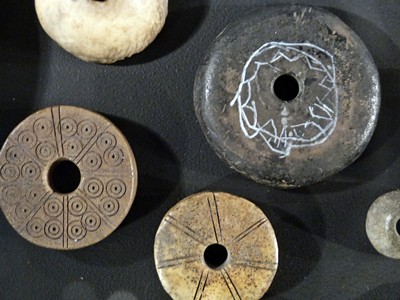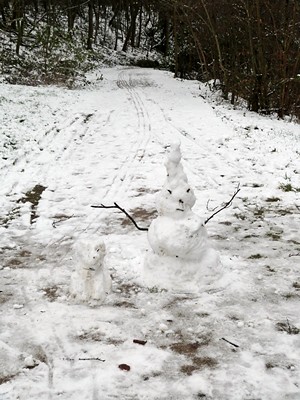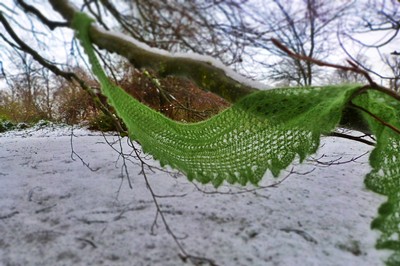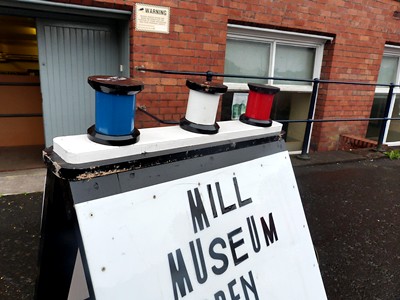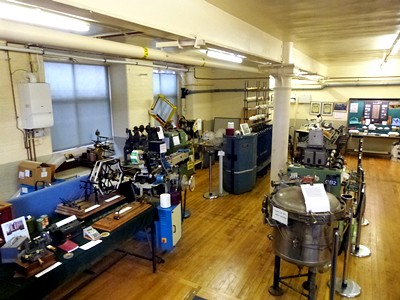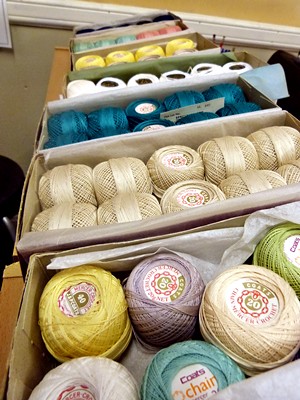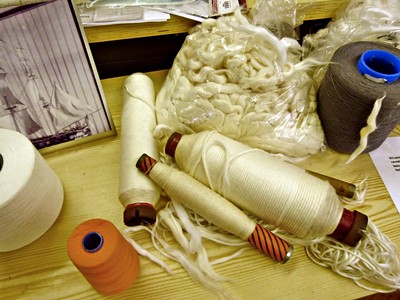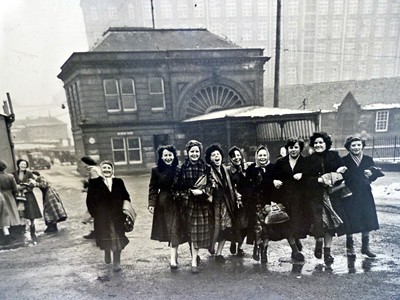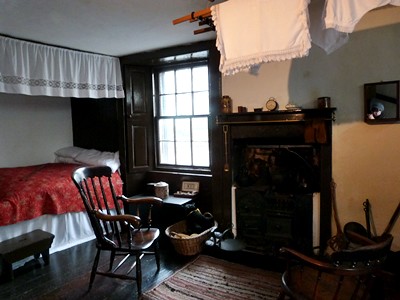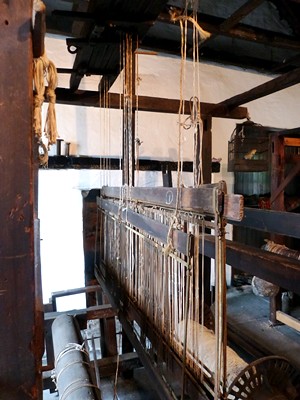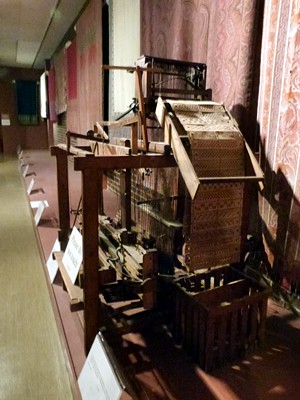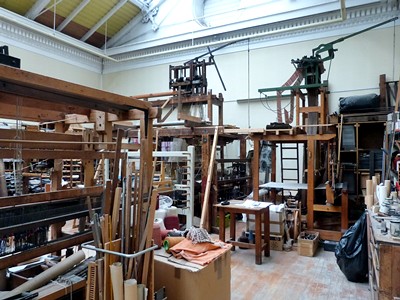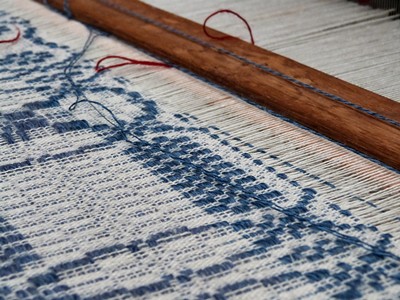Something very cool happened in my comments section yesterday. A really interesting discussion started to unfold - people started to talk about the whole "yourself as a brand" and "performing yourself in public " aspect of the craft/knitting business.If you've been reading Fourth Edition for a long time, you'll know this is one of my major hang-ups as an indie designer and tutor. (I even wrote a long post about it as part of the work I did with Glasgow University last year). I want to share some of the points made in the comments because I think they are asking some very important questions about branding, marketing, social media and (for a want of a better term) 'cult of personality'. It may not be straight up yarn-related but I hope it'll provide an interesting glimpse into what it means to work in the craft industry.
I was disquietened by her comments about the need to be positive all the time. Admittedly she is using herself as a brand and may want to keep back some stuff and have a private life. But the more we have this “you must always be positive” message around, the harder it is for us to be honest with one another about how we feel
- Stephanie of The Foggy Knitter
I find it’s very hard for me to come to terms with “personality as brand” and “public persona” but I realise that it is how the business works. I have struggled with this for a long time (how I would prefer to just lurk in the shadows!) but the podcast made me confront myself regarding this.
- Karie of Fourth Edition (that'll be yours truly!)
I struggle all the time with the need to be a “public persona,” or a “personality.” Especially since part of what I do for a living is teach classes! There’s a certain online pressure to be this happy, successful person who can share all the secrets of success. But what I’d rather do is gather quietly in classroom spaces with my students, and give them my all. That doesn’t make for sexy marketing copy, though. :-)
- Sister Diane of Craftypod
That “have to be happy” is a pressure we feel from both the big, lovely craft bloggers (my gorgeous living room! My sleeping baby!), but we also feel it from the inside of our own heads! No one wants to feel like a loser…and telling the internet that you’re not perfect (in a space dominated by the perfect) is a quick way to loser-town. (At least, in my own head.)
(..)
At the heart of all this is *expectations*. My expectations of myself. My reader’s/student’s/client’s expectations, and then all those expectations that I’m making assumptions about. Who even knows if they exist? But they certainly guide the way we act/present ourselves in this space.
The podcast gave me a lot to think about & the blog post has added more. I, too, struggle with the personal brand idea. I’m quite shy which may be why.
- Anniken Allis of YarnAddict
Not in the comments section, but on her own blog, Vanessa reflected:
I’ve found that acknowledging that I’m feeling envy and it’s probably unfounded helps me let go of that anger. Then I try to really analyze just what pushed that button. Once I get to the root cause, I look at it from all sides. Is this image that person is presenting the whole truth? What am I not seeing? A messy house, uncombed hair, other to-dos that fell to the way side. Those aren’t presented on the internet.
There is so much to unpack here but the central question has to be What would happen if you had to be yourself?



